The level of noise generated by industrial hydraulic pumps under various working conditions is an issue that requires attention because it directly affects the comfort of the working environment and the health of workers. There are several key factors to consider when evaluating the noise levels of industrial hydraulic pumps.
The type and design of the pump is one of the important factors that determine the noise level. Different types of hydraulic pumps, such as piston pumps, gear pumps and turbine pumps, have different working principles and structural characteristics, so the noise levels generated during operation will also be different. For example, plunger pumps typically produce less noise than gear pumps because they operate relatively smoothly.
Industrial hydraulic pumps produce different noise levels under different working conditions. When the pump operates under different working conditions such as light load, full load or partial load, its operation conditions and vibration levels will change, thus affecting the noise level. Typically, the heavier the load, the louder the pump will produce.
The working environment in which industrial hydraulic pumps operate also has a significant impact on noise levels. Factors such as the size of the work environment, ambient noise levels and vibrations will all affect the level of noise generated by the pump. For example, the noise produced by a pump operating in a small space may be amplified by the echoes in the space, thereby exacerbating the perceived level of the noise.
The maintenance and upkeep of the pump is also an important factor affecting noise levels. Regular maintenance can ensure that the pump parts are in good condition and reduce noise caused by wear or failure. If the pump has not been maintained for a long time, the parts may become severely worn, causing the pump to produce more noise.

 ENG
ENG
 English
English русский
русский Español
Español
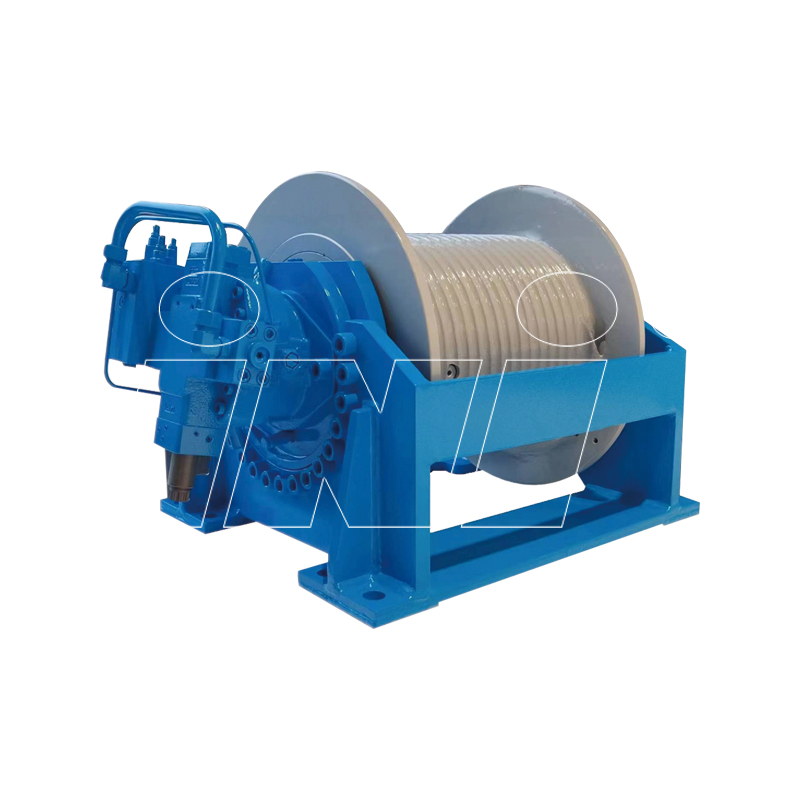
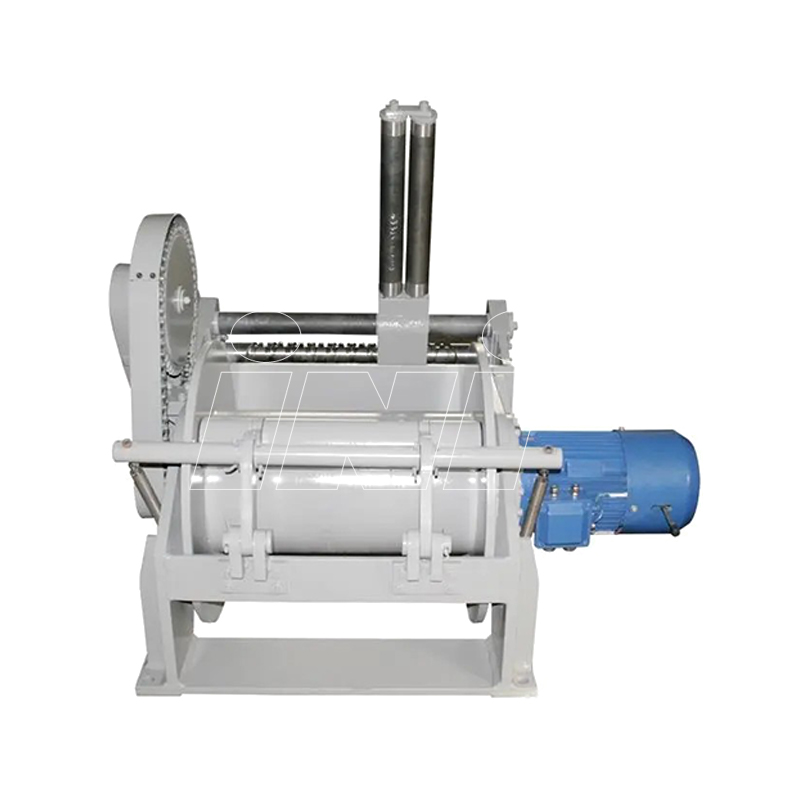
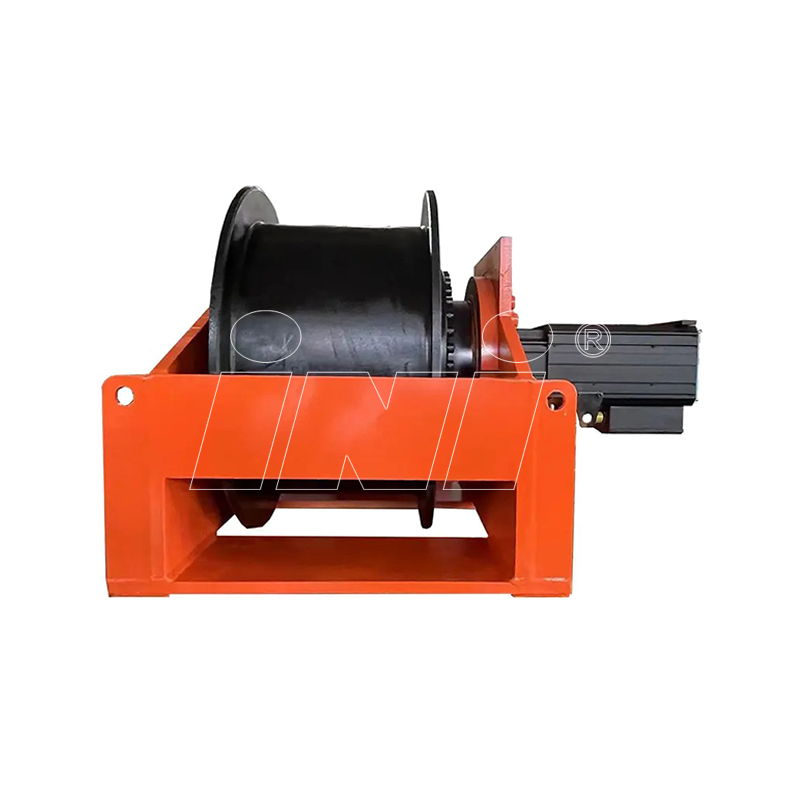

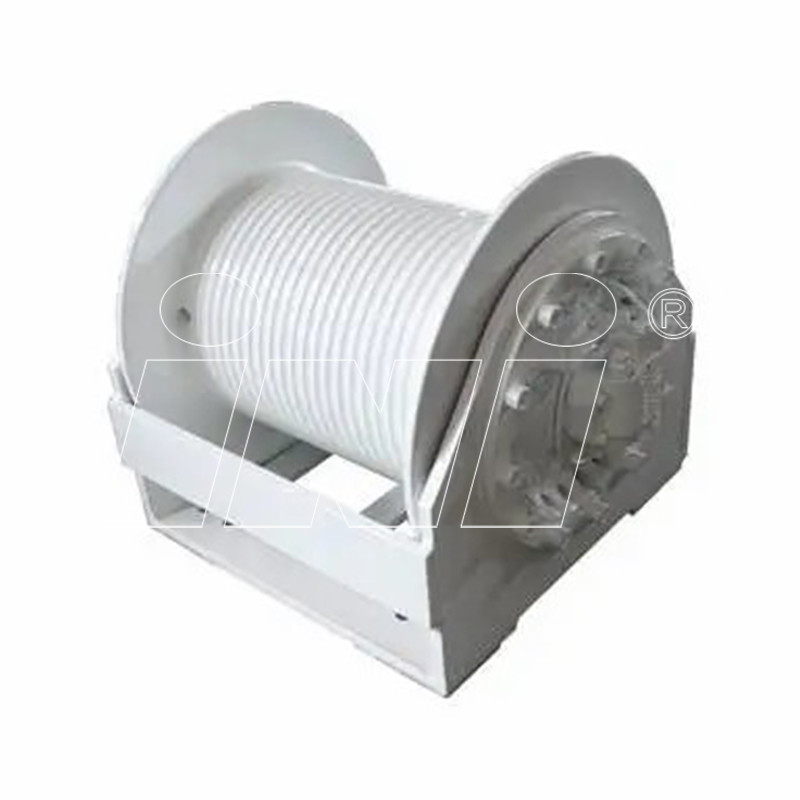
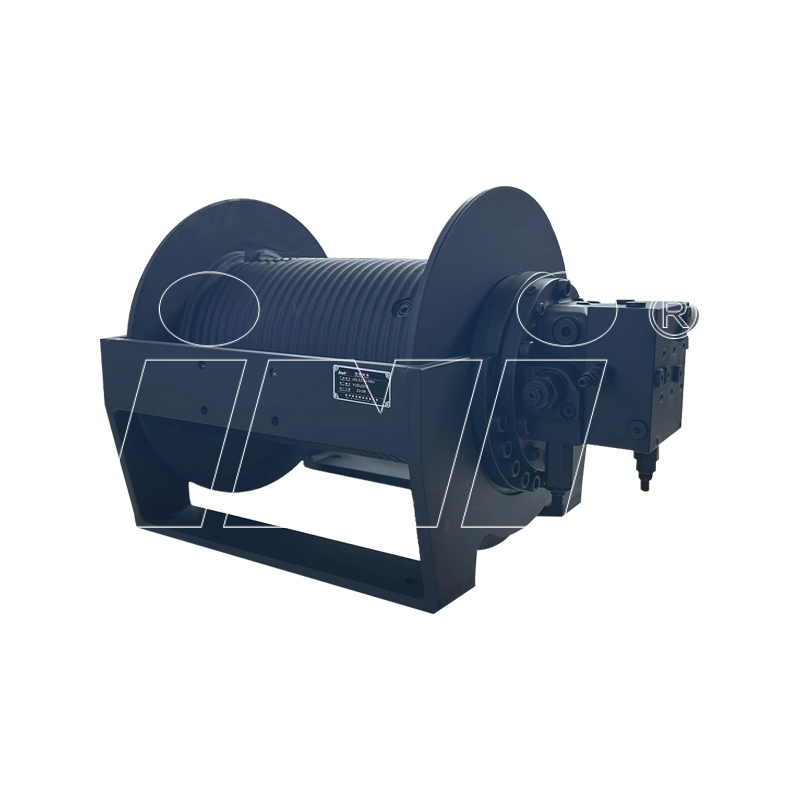
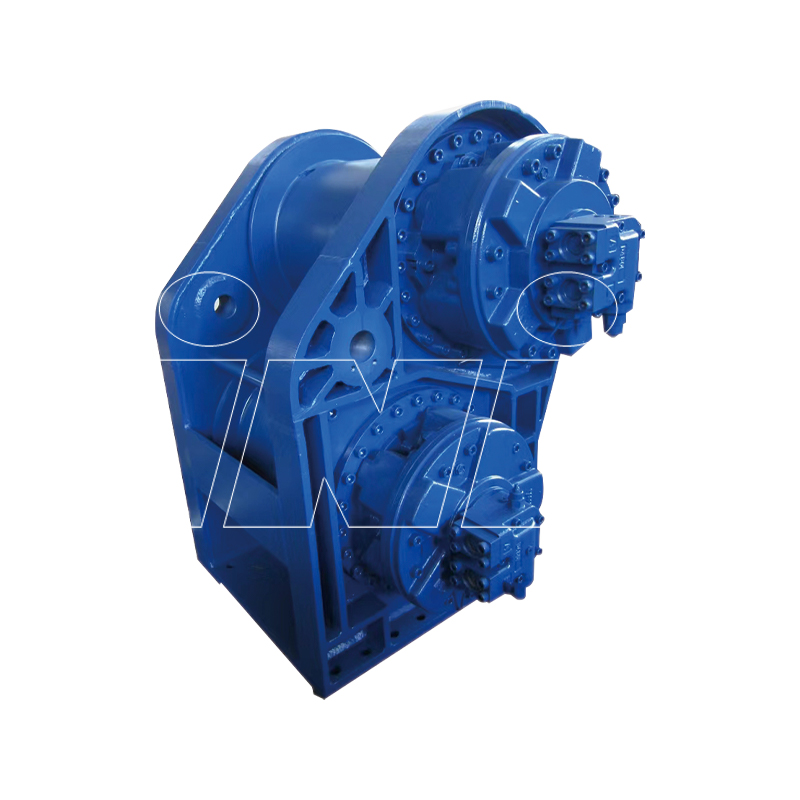

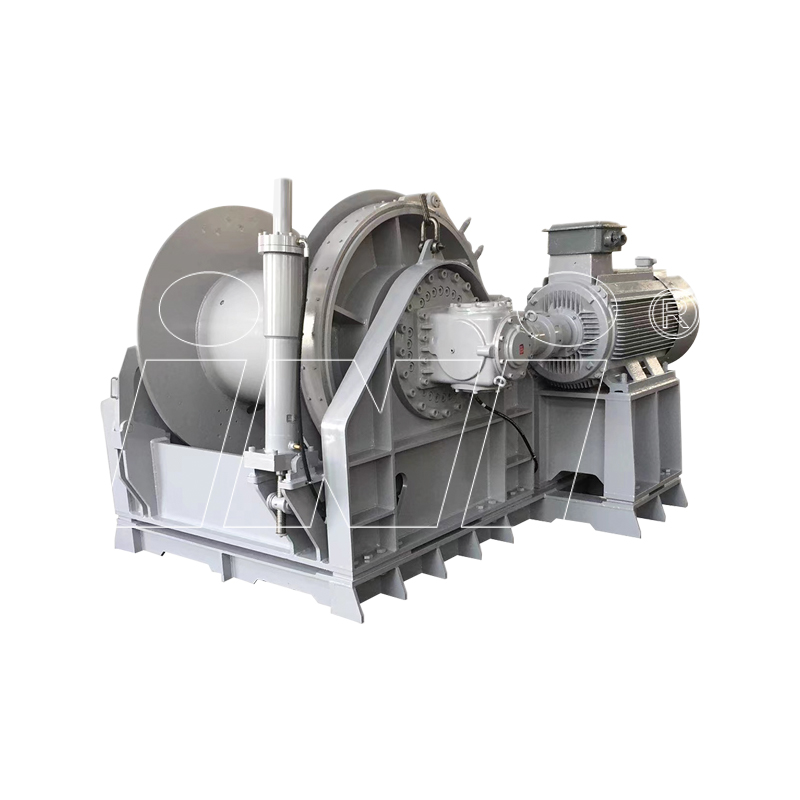





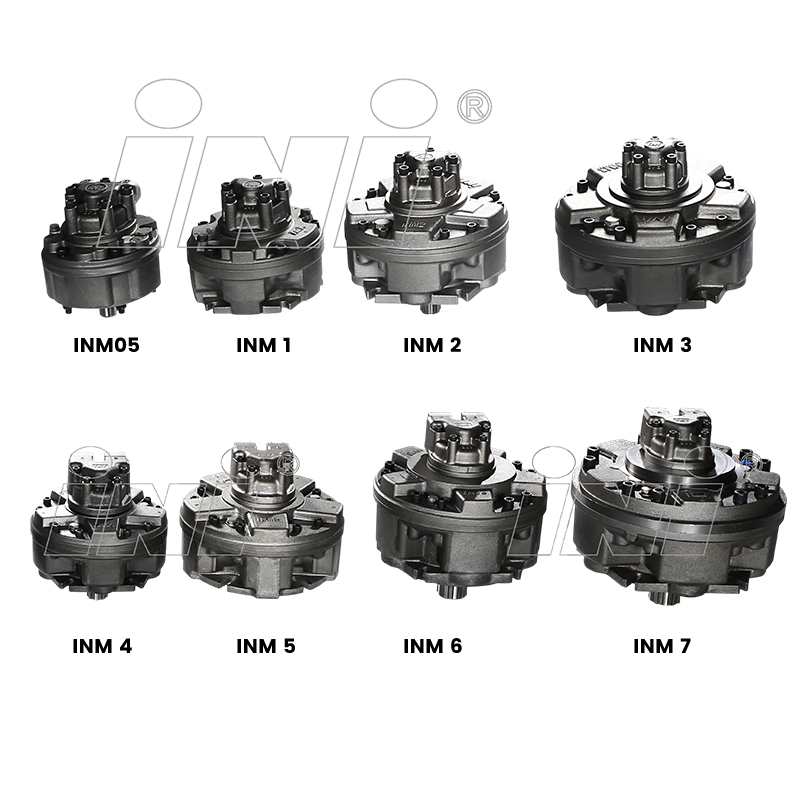

 English
English русский
русский Español
Español
 TOP
TOP